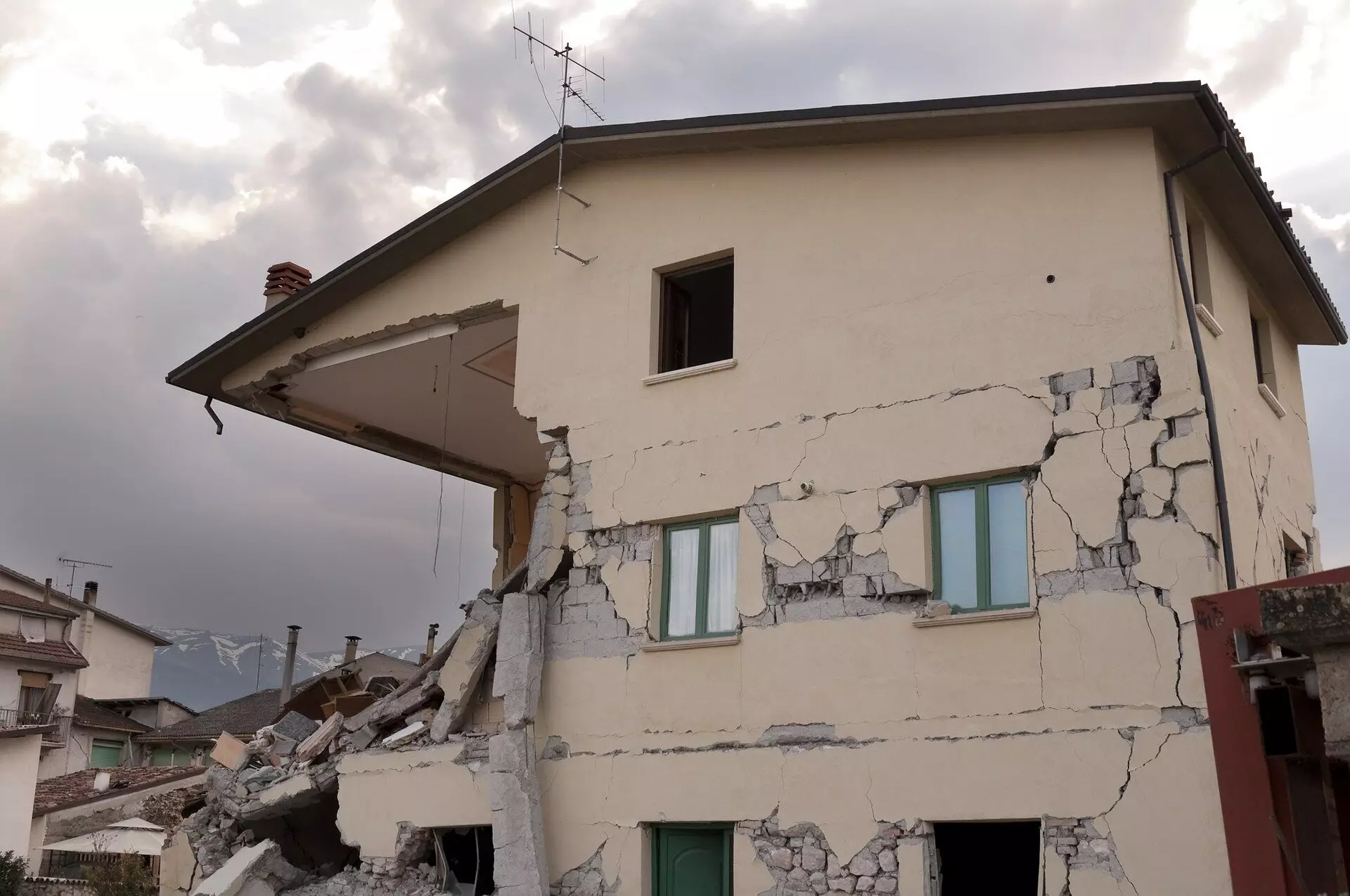In the field of seismology, the phenomenon of earthquakes is not limited to the sudden, intense shaking caused by tectonic plate movements. Researchers have substantiated a more intricate narrative involving *precursors*, subtle indicators that may herald significant seismic events. Particularly, the concept of the **Precursory Scale Increase (PSI)** has been gaining traction among scientists, providing compelling insights into seismic activity. This model tracks an inexplicable surge in the frequency and magnitudes of earthquakes in a localized zone before a larger event, offering valuable data for forecasts.
The earthquake forecasting model known as **Every Earthquake a Precursor According to Scale (EEPAS)** is pivotal in predicting geomorphic disturbances. The framework hinges on statistical correlations among different precursor variables, which can inform scientists about potential seismic risks over the medium term, spanning from several months to decades. EEPAS has demonstrated efficacy during global assessments and serves as a crucial tool in New Zealand’s seismic hazard strategies. Its application ensures that communities are better prepared and that the government can allocate resources effectively.
Challenges in PSI Detection
Despite its importance, the study of Precursory Scale Increases has historically faced significant challenges. The primary issues stem from the manual and intricate techniques used to detect PSI. This complexity has likely stunted the scope of analysis, leaving many questions unanswered. Recent advancements in the methodology have shed light on these limitations, indicating that multiple PSI instances can arise for single seismic events. This observation suggests that there is a nuanced relationship between the size of precursor areas and the time leading up to a major earthquake, prompting a reevaluation of existing detection methods.
Innovative Approaches by GNS Science
Dr. Annemarie Christophersen and her team at GNS Science have taken the lead in addressing these analytical difficulties by developing automated algorithms designed to detect PSI systematically. These innovations are a significant leap from prior practices, enabling researchers to sift through both historical earthquake data and simulated scenarios grounded in earthquake mechanics. Employing these algorithms has revealed multiple PSI identifications across most significant earthquakes, demonstrating the variable nature of precursor times, areas, and magnitudes.
The convergence of findings from both real-world data and synthetic experimentation reveals a balanced relationship between the dimensions of precursor time and spatial coverage. Dr. Christophersen emphasizes the importance of these insights, stating that they are integral to enhancing our comprehension of how earthquake activity accumulates before major events. The next phase involves integrating these revelations into the EEPAS model, which could vastly improve medium-term earthquake predictions and consequently refine public preparedness measures.
The realm of earthquake forecasting is evolving, and advancements in understanding precursory sequences stand as a testament to the depth of scientific inquiry in this critical field. Through innovative methodologies and thorough scientific investigation, advancements like the ones spearheaded by Dr. Christophersen could profoundly enhance our predictive abilities, ultimately reducing risks associated with the seismic phenomena that shape our planet. This ongoing research is not just an academic pursuit but a necessary endeavor aimed at safeguarding lives and infrastructure in vulnerable communities.


Leave a Reply